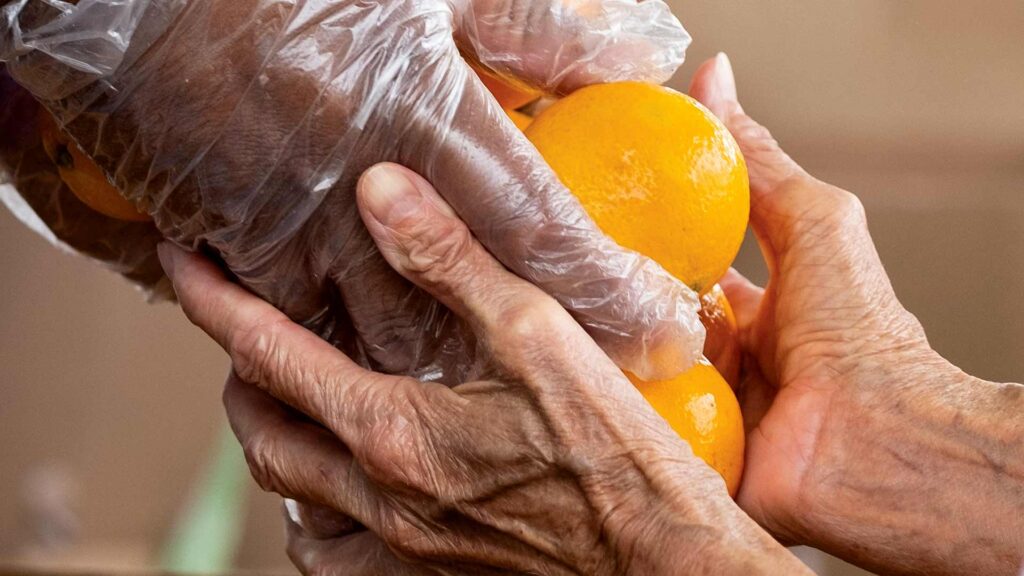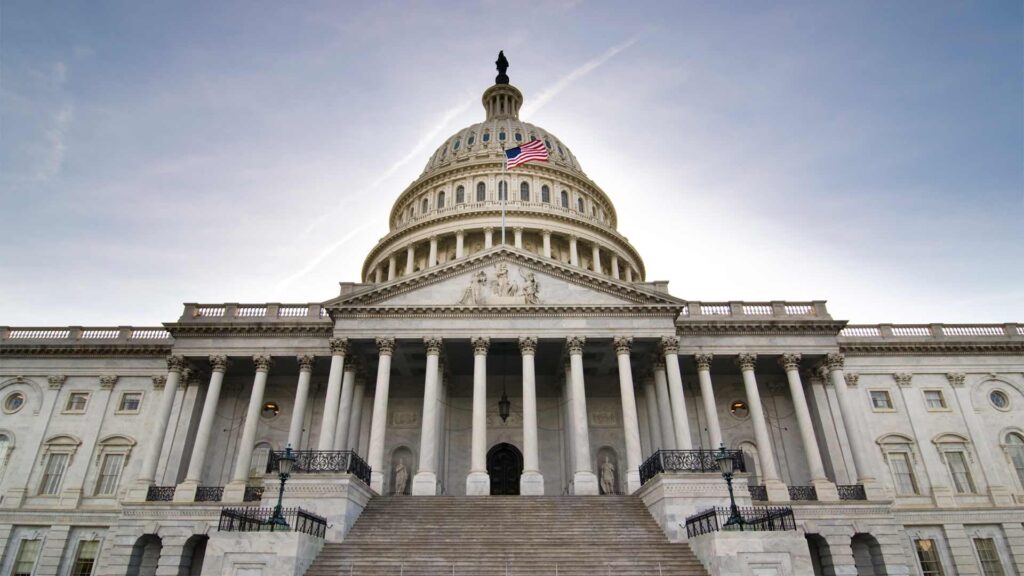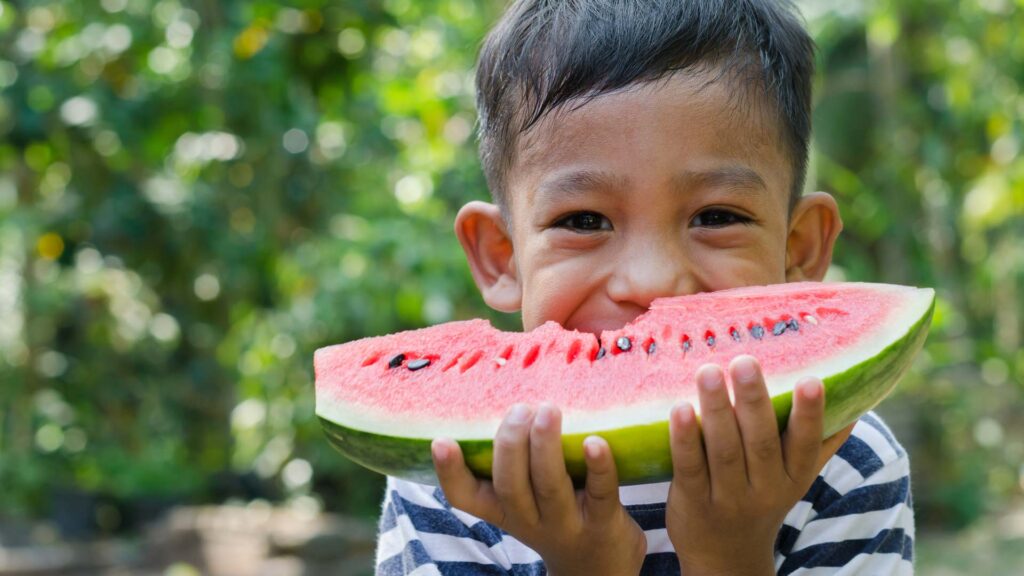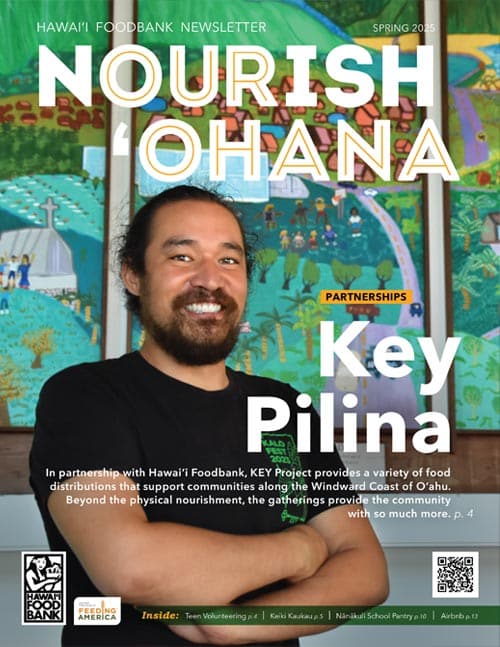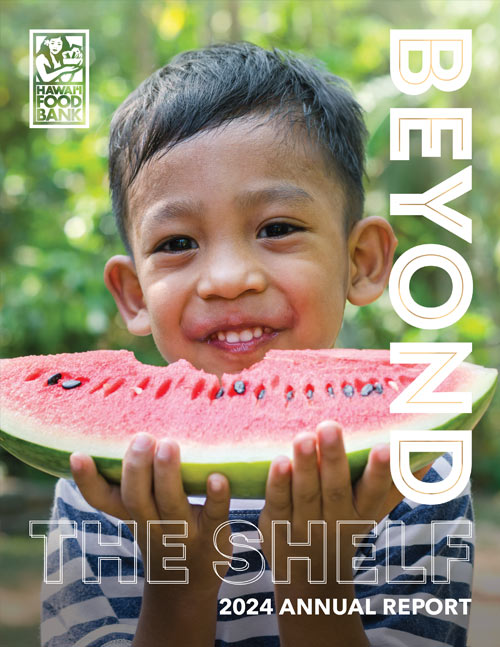6 Tips for Eating Healthy on a Budget

Hawaii Foodbank
Healthy eating is important for every member of our ‘ohana – and can be done on a budget.
With rising grocery prices, saving money while still eating a healthy, balanced diet can seem further and further out of reach. However, incorporating small changes into your routine can make a big difference in the long run. According to the USDA MyPlate, here are some tips on how to eat healthy on a budget:
1. Plan, plan, plan!
It may seem like a no-brainer, but planning meals before grocery shopping for the week can help save money and limit food waste. Be sure to incorporate perishable and shelf-stable foods into your budget – and buy only what you need.
2. Compare similar products.
Locate the “unit price” on the shelf sticker near the item’s price. When comparing items to determine the most cost-effective option, consider the unit prices rather than the price of the whole item.
3. Stretch your food dollars.
Beans and canned or frozen vegetables are an easy and cheap way to add volume to your meals and stretch your food dollars. In doing this, you’ll also incorporate more fiber, vitamins and nutrients into your diet.
Here are some quick and easy recipes from MyPlate:
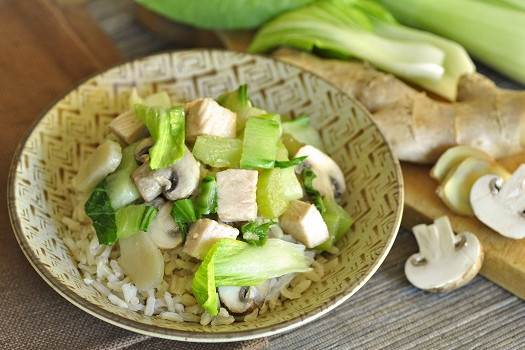
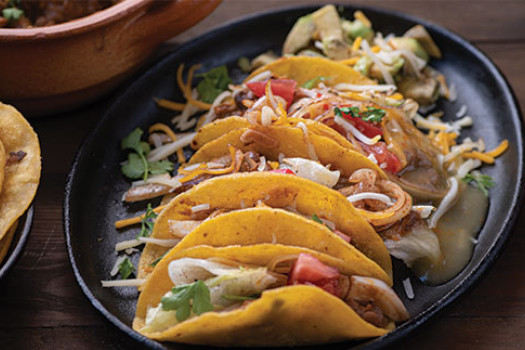
4. Grow your own in your home.
Grow plants like basil or green onion in your home for a fraction of the price. Small gardens can be grown on a windowsill or a kitchen counter.
5. Buy in bulk when you can.
Save money by buying larger quantities of foods that store well – like whole grains, canned or dried beans, and frozen vegetables. Don’t overbuy foods that you will throw out later.
6. Look for on-sale produce.
Grocery stores rotate their sale items, and buying on-sale produce is a great way to save money and get variety. Do the same with frozen and canned items. If your grocery store has an app or digital coupons, check to see the current deals before you go shopping!
For more helpful tips, visit myplate.gov.

